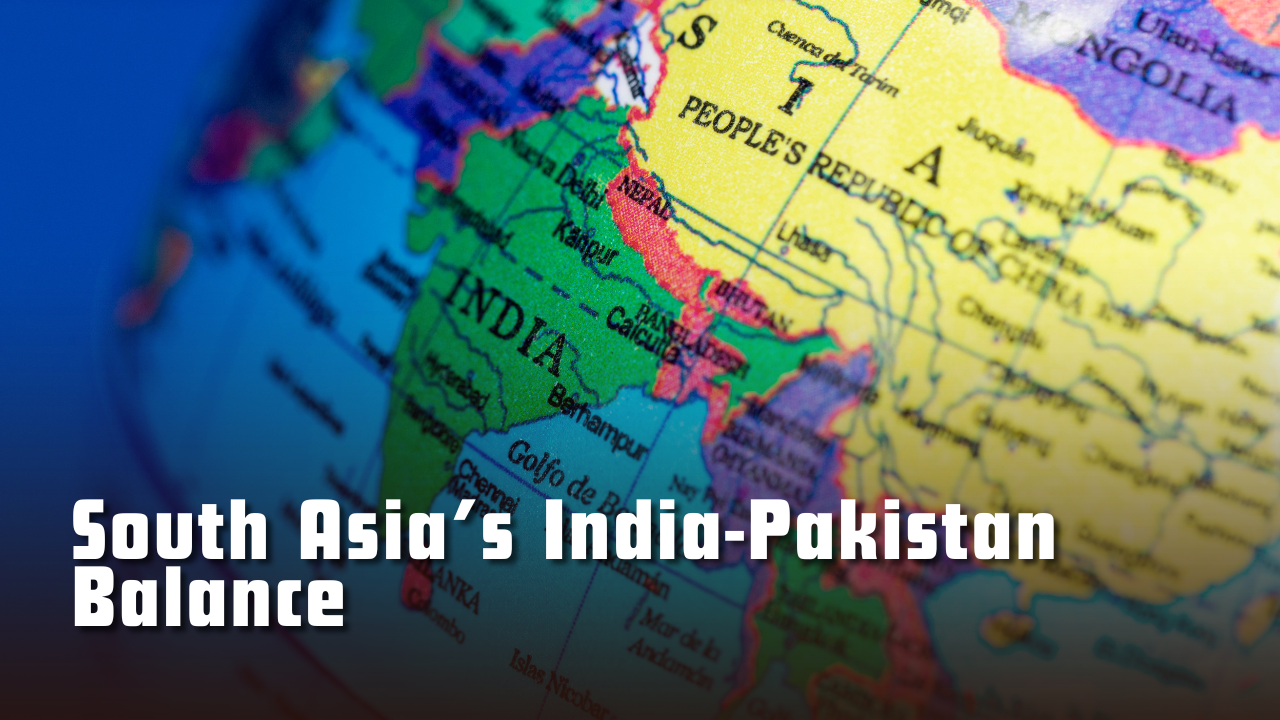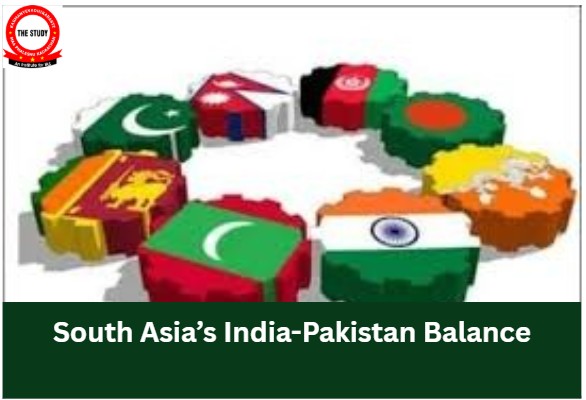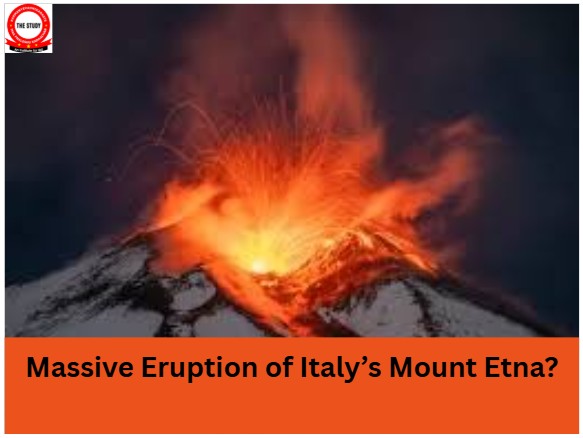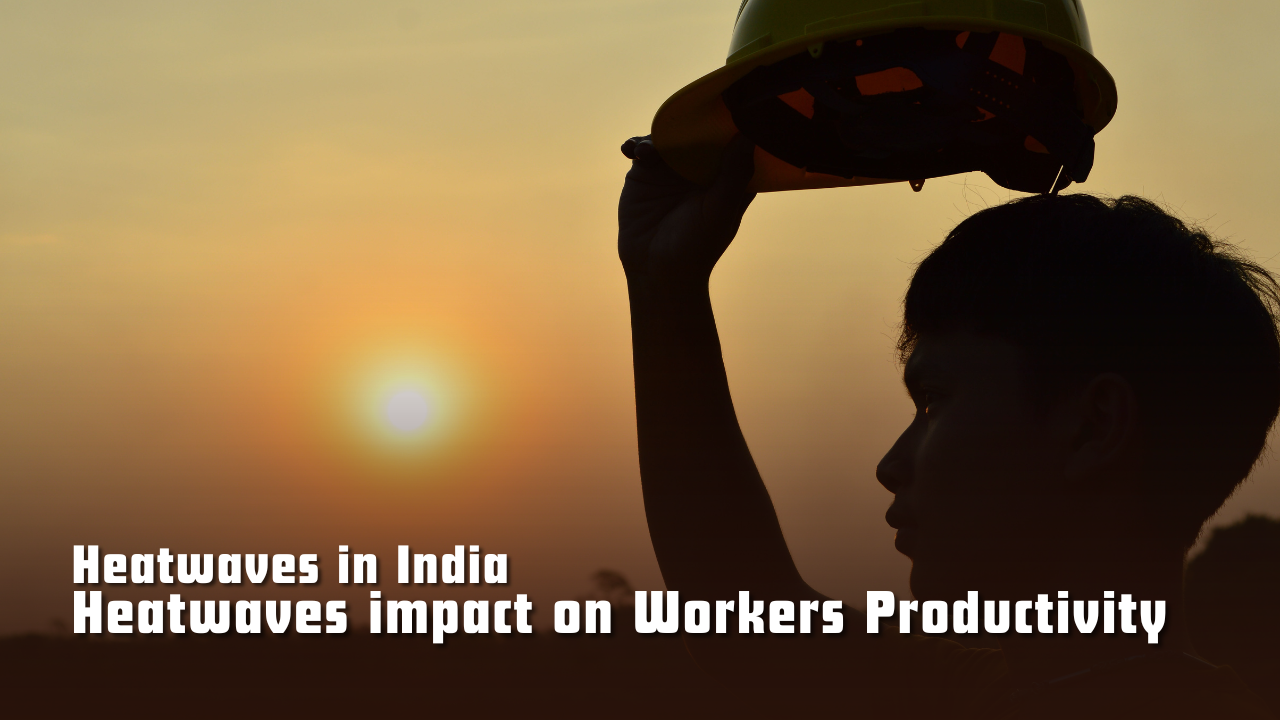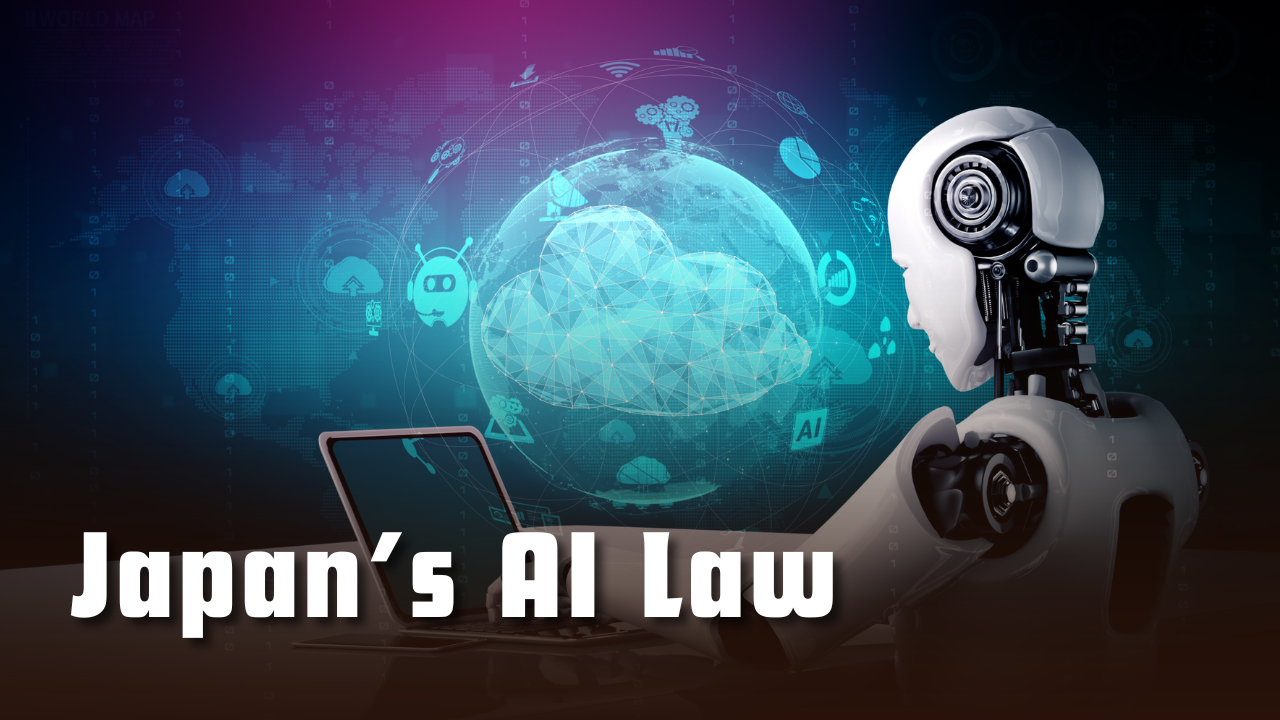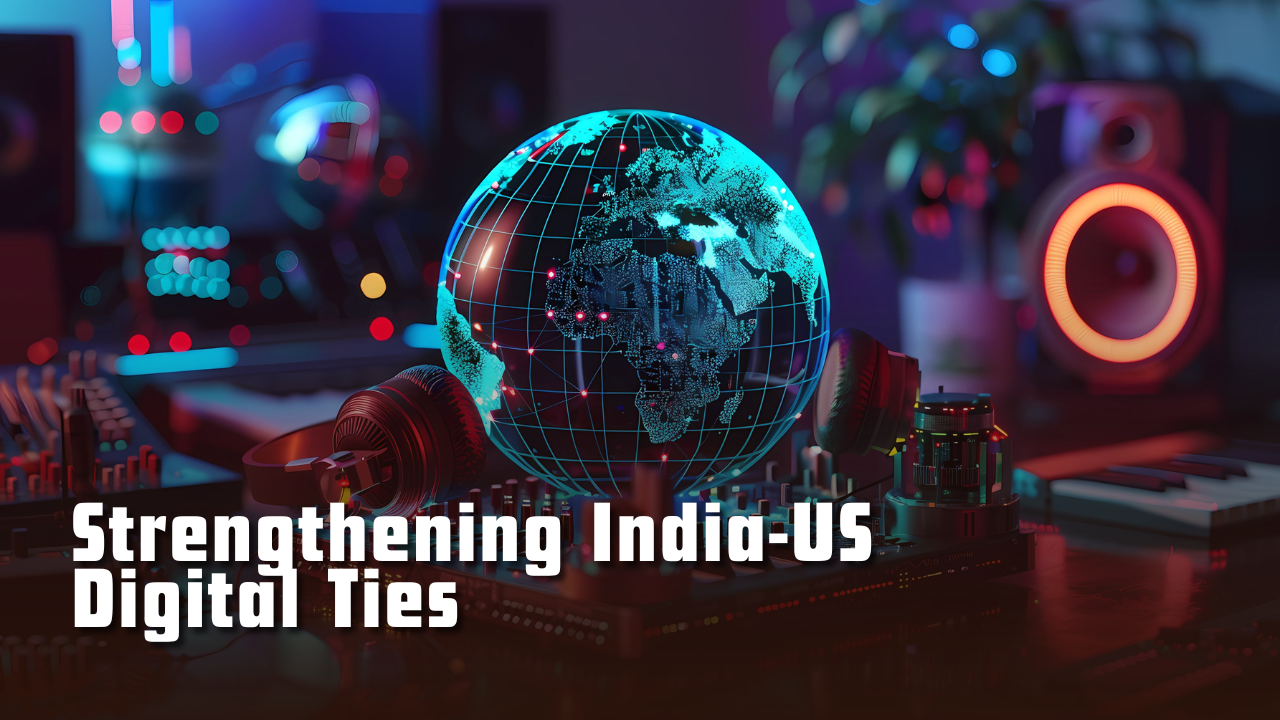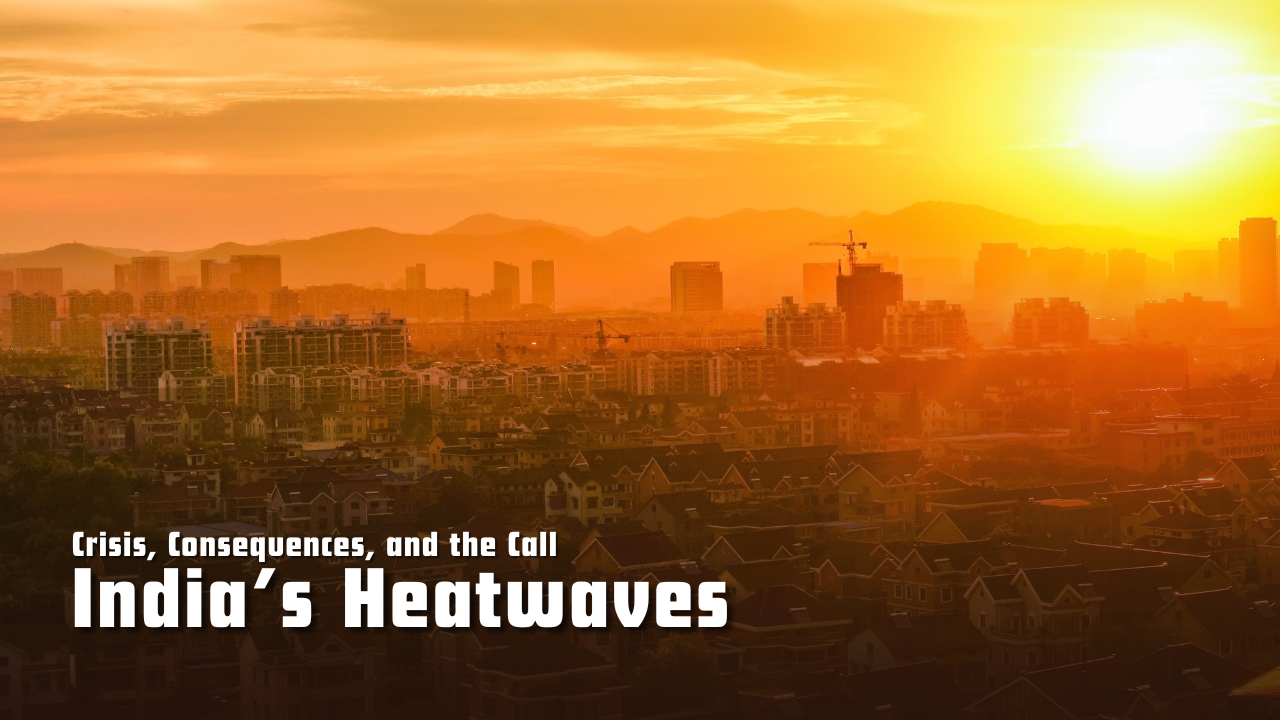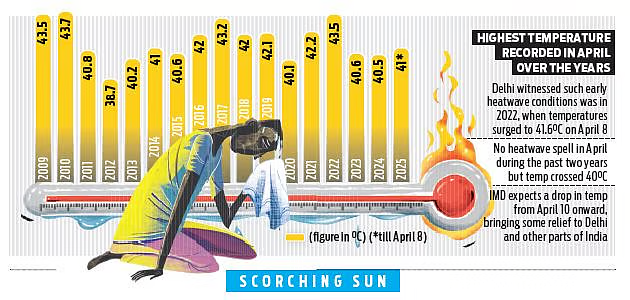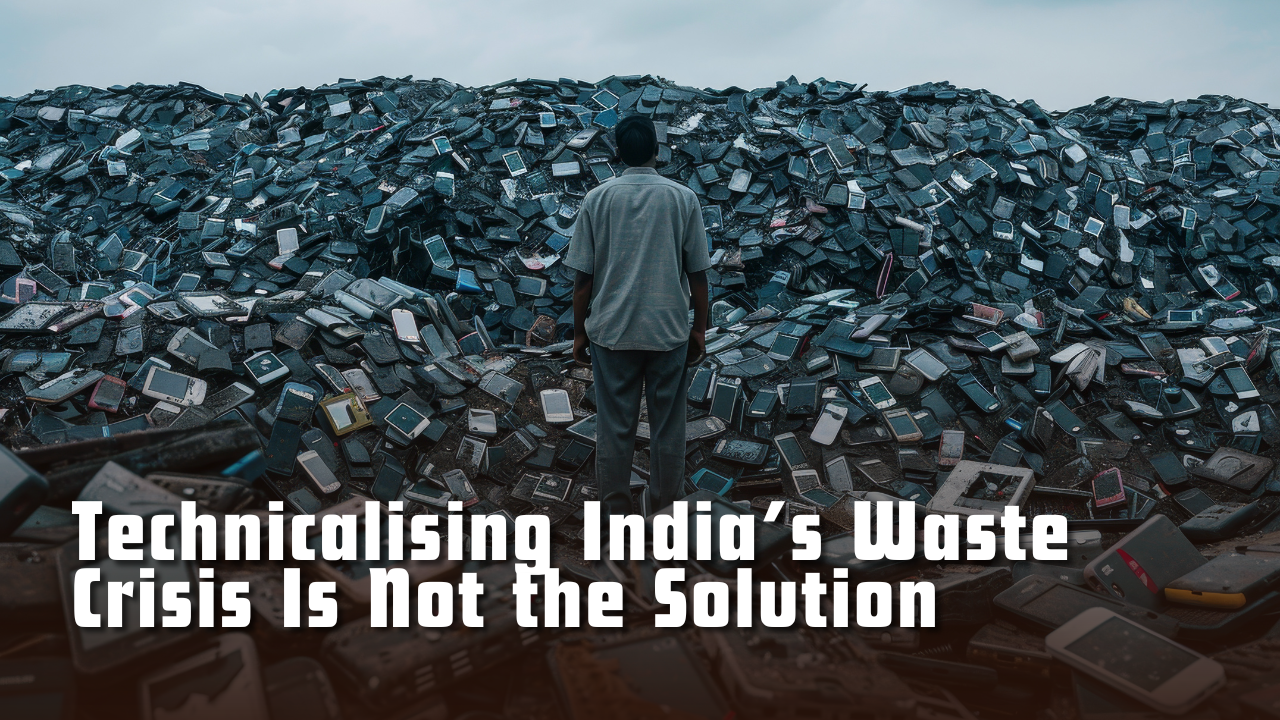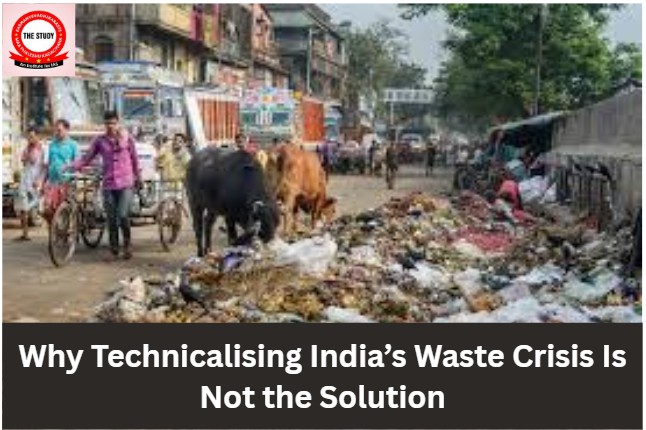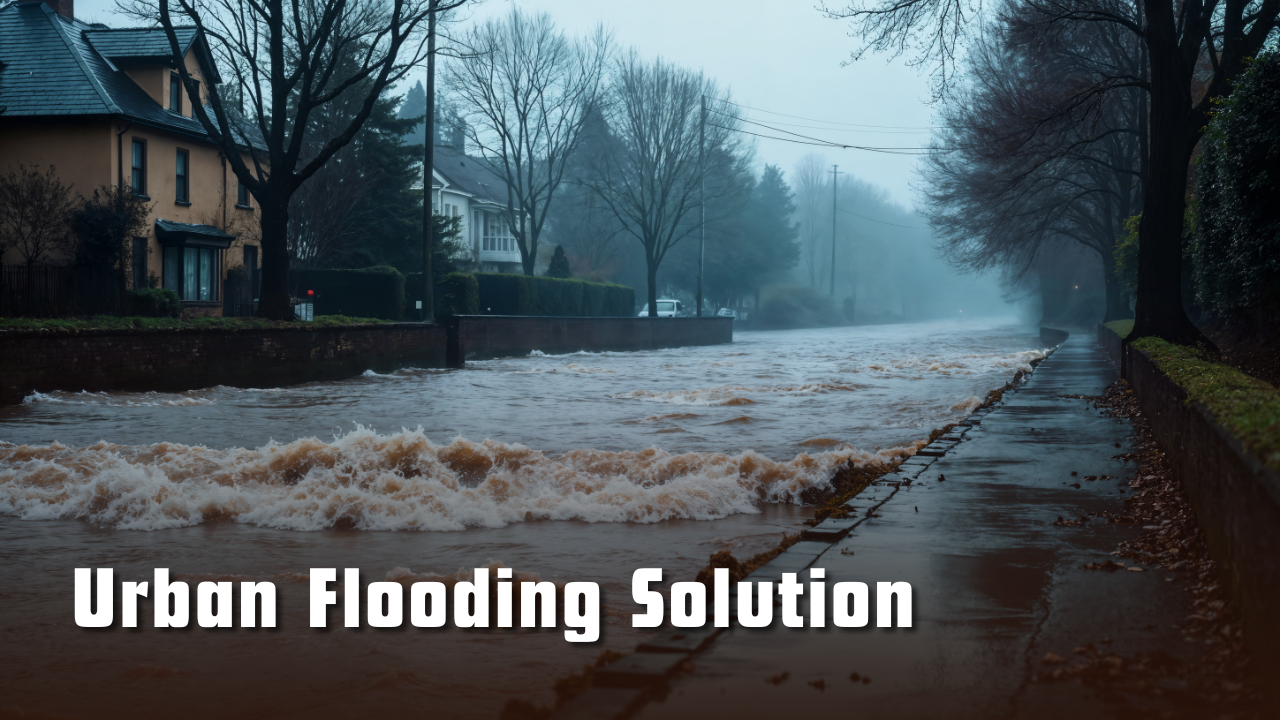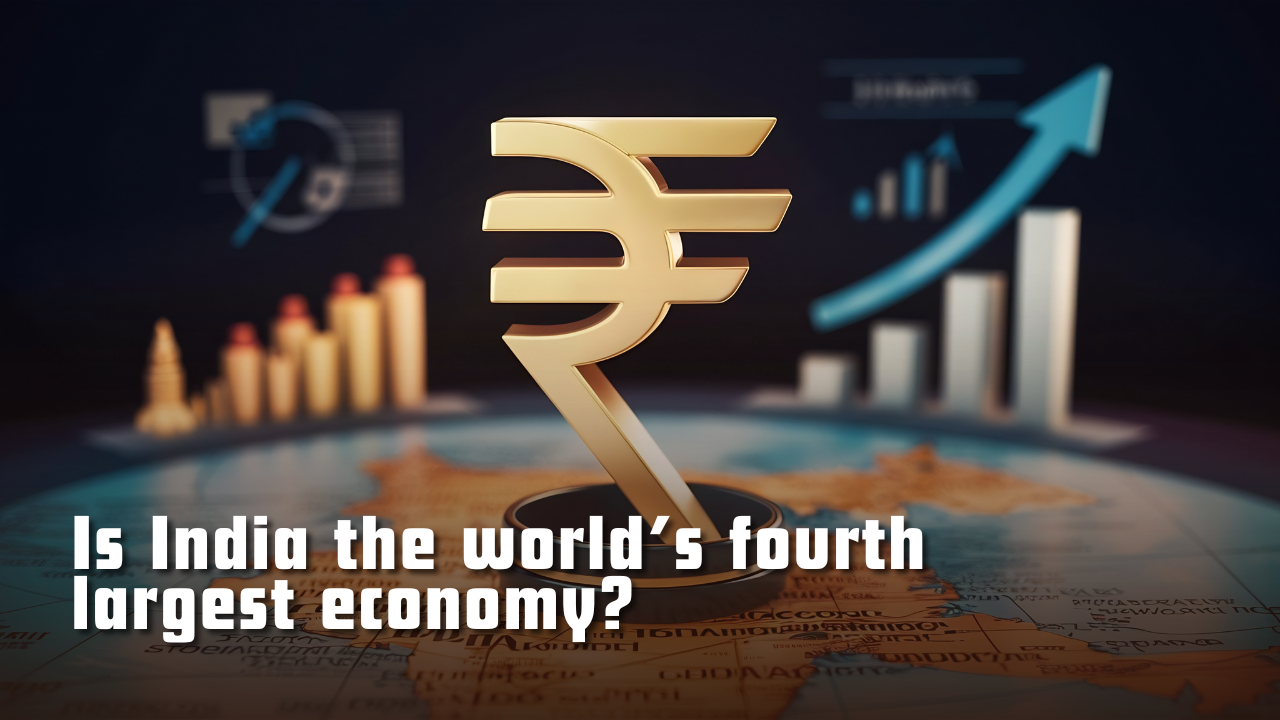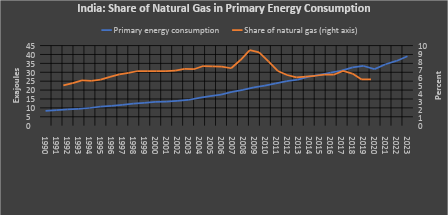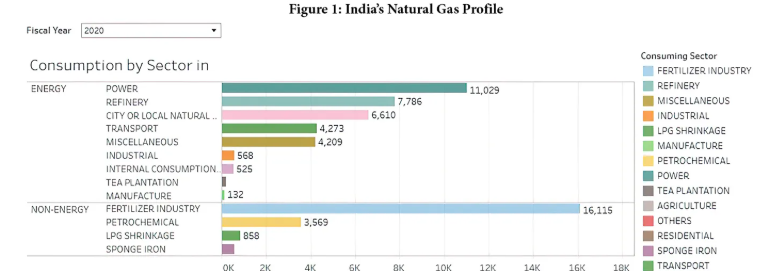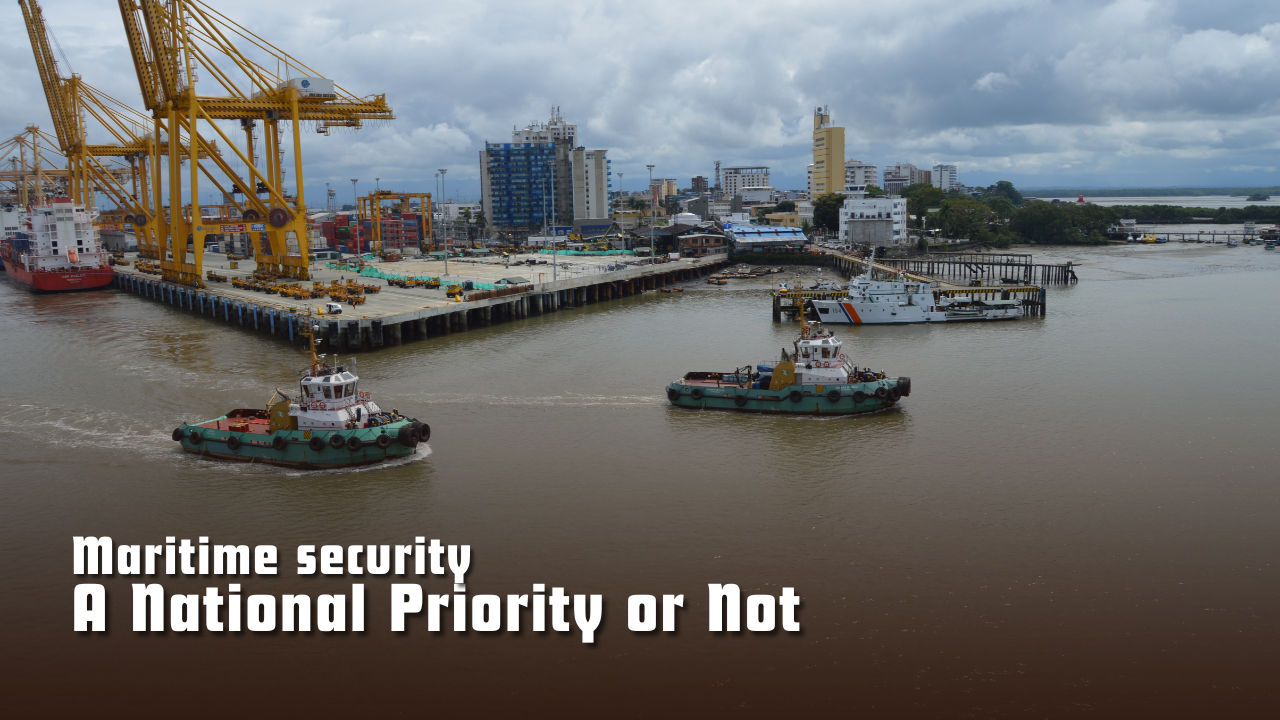Does the civil services examination need reform?
Context: The Civil Services Examination (CSE), conducted by the Union Public Service Commission (UPSC), is one of the most prestigious and competitive exams in India.
More on News
- Its current format, however, is due for a serious re-evaluation.
- While the exam has evolved since its colonial origins—starting with the Macaulay Report of 1854 and later shaped by the Kothari Committee of 1975—new challenges have emerged in recent decades that demand a fresh perspective.
Historical Background
- Macaulay Report: The foundation of the present format of the civil services exam lies in the Macaulay Report, which first recommended selection by merit and emphasised the transferability of academic talent to administration.
- Kothari Committee: Post-Independence, the Kothari Committee (1975) introduced a structured, three-stage process: Preliminary Exam, Main Exam, and Interview, which continues to this day.
Early Format: A Black Box of Secrecy
- Preliminary Stage: Originally, the preliminary stage included one optional subject and a general studies paper, with a 2:1 weightage.
- Only the names of shortlisted candidates were published, while details like scores and cut-off marks were kept confidential.
- This “black box approach” functioned without much friction—until the enactment of the Right to Information Act (RTI) in 2005.
- RTI Act: The RTI Act opened the floodgates, with aspirants demanding transparency.
- S.K. Khanna Committee: Consequently, the government formed the S.K. Khanna Committee (2010) to recommend reforms. Based on its suggestions, the 2011 format replaced optional subjects with two common papers:
- Paper I: General Studies (History, Geography, Polity, etc.)
- Paper II: Aptitude, reasoning, and English comprehension
- Biasedness: However, Paper II was seen as biased in favour of urban and English-medium students, sparking widespread protests.
- In response, Paper II was made qualifying in nature, with its marks no longer contributing to merit— a system that remains in place today.
Nigvekar Committee Reforms and the New Format
- In 2012, the Arun Nigvekar Committee was constituted to further refine the exam.
- Its suggestions, implemented from 2013, restructured the General Studies papers in the Main exam to include diverse topics such as: Indian Polity and Governance, Economic Development, Science and Technology, International Relations.
- Despite these improvements, key concerns persist.
Challenges in the Current UPSC Exam Pattern
- Prelims as a ‘Jealous Gatekeeper’: The preliminary exam is no longer a tool to select the best minds; it has become a filter to reduce five lakh candidates to around 10,000.
- Paper II, despite being qualifying, continues to favour aspirants from Science and Engineering backgrounds.
- Paper I has grown increasingly unpredictable, putting Humanities students and rural aspirants at a disadvantage.
- The opportunity cost for sincere aspirants dedicating years to preparation is growing unsustainable.
- Main Exam (Need for Analytical Depth): Currently, the General Studies papers consist of 20 short-answer questions.
- Feedback indicates that factual knowledge is rewarded more than critical thinking.
- The absence of long-form questions hinders the evaluation of an aspirant’s analytical and decision-making abilities—skills essential for administrative roles.
- Optional Subjects (A Distortion in Fairness): Many candidates choose scoring optionals instead of subjects aligned with their academic background.
- This trend, though legal, compromises the exam’s credibility.
- A more equitable alternative would be to replace optional subjects with common papers in Public Administration, Governance, and Policy, which align better with a bureaucrat’s duties.
- Inclusivity and Social Representation: The civil services must reflect India’s diverse socio-economic fabric.
- Hence, the upper age limit and number of attempts must be retained until 2030, ensuring continued access for marginalised communities.
- Beyond 2030, reforms can be introduced based on demographic and socio-economic data.
A Call for Exam Reform
The UPSC Civil Services Examination must evolve with the changing dynamics of Indian society and administration. It is imperative to:
- Make the preliminary exam more balanced and predictable
-
- Introduce long-form analytical questions in the Main examination
- Phase out optional subjects in favour of relevant common papers
- Retain age and attempt limits to ensure inclusivity until 2030
As India strides toward becoming a developed nation by 2047, it needs a civil services examination structure that reflects the ideals of transparency, fairness, inclusivity, and meritocracy.
Subscribe to our Youtube Channel for more Valuable Content – TheStudyias
Download the App to Subscribe to our Courses – Thestudyias
The Source’s Authority and Ownership of the Article is Claimed By THE STUDY IAS BY MANIKANT SINGH

